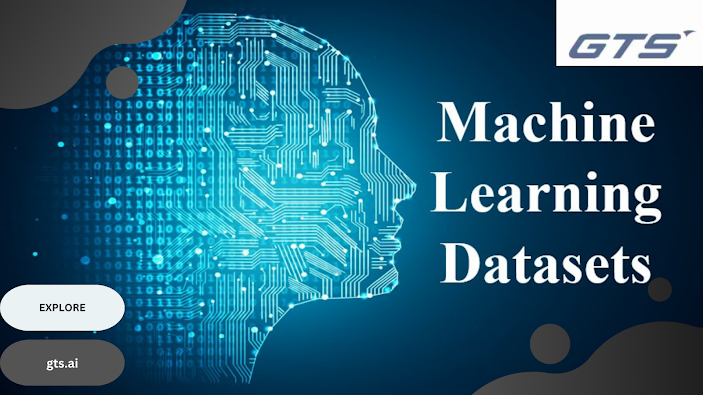Unlocking the Potential of Machine Learning: The Vital Role of Datasets

Introduction:
In the realm of machine learning, datasets play a critical role as the foundation upon which algorithms and models are built and refined. These datasets are not just collections of data; they are the bedrock that determines the effectiveness, accuracy, and potential applications of machine learning models. In this blog, we'll delve into why datasets are so crucial in Machine Learning, the different types of datasets available, and the challenges and considerations involved in their selection and use.
The Heart of Machine Learning: Understanding Datasets
At its core, machine learning involves teaching computers to recognize patterns and make decisions based on data. The quality and quantity of this data directly influence the performance of the resulting models. Datasets can be as varied as the applications of machine learning itself, ranging from images and text to complex numerical data. Each type of data presents unique challenges in terms of processing and interpretation by machine learning algorithms.
Types of Datasets in Machine Learning
Datasets in machine learning are broadly categorized into labeled and unlabeled datasets. Labeled datasets have both the input data and the corresponding output tags or labels, making them ideal for supervised learning, where the model is trained to predict the output from the input data. Unlabeled datasets, lacking these output labels, are used in unsupervised learning, where the model tries to identify patterns and relationships in the data on its own.
Another important distinction is between static and dynamic datasets. Static datasets remain unchanged over time and are commonly used in training and testing machine learning models. Dynamic datasets, however, are continually updated, often in real-time, making them essential for applications that require adaptive learning and prediction, such as financial market analysis or real-time language translation.

The Challenge of Dataset Selection
Choosing the right dataset is a critical decision in the machine learning process. The dataset must be representative of the real-world scenario the model is intended to address. For example, if a model is being trained to recognize human faces, the dataset should include a diverse range of faces in terms of age, ethnicity, lighting conditions, and angles.
The size of the dataset also matters. Larger datasets can provide more comprehensive training, but they also require more computational resources to process. Moreover, the quality of the data must be high; inaccurate or incomplete data can lead to poorly performing models.
Ethical Considerations and Bias in Datasets
One of the significant challenges in dataset selection is avoiding bias. A biased dataset can lead to a biased model, which can have serious real-world implications, especially in sensitive applications like facial recognition or decision-making systems. Ensuring diversity and representation in datasets is crucial to developing fair and unbiased machine learning models.
Ethical considerations also play a role in dataset compilation. Issues such as privacy, consent, and the ethical use of data are paramount, especially with the increasing use of personal data in machine learning applications.
Future Trends in Machine Learning Datasets
As machine learning continues to evolve, so do the datasets that drive it. We are seeing a trend towards more complex, real-world datasets that capture a greater variety of data types and scenarios. There is also a growing focus on ethical, unbiased dataset creation and the development of techniques to automatically detect and correct bias in datasets.
.png)
Conclusion:
In conclusion, datasets are more than just the raw material of machine learning; they shape the very nature and capabilities of the models we create. The careful selection, preparation, and use of datasets are essential for the development of effective, fair, and ethical machine learning models. As we advance in the field of machine learning, the importance of diverse, high-quality, and ethically-sourced datasets will only continue to grow.



Comments
Post a Comment